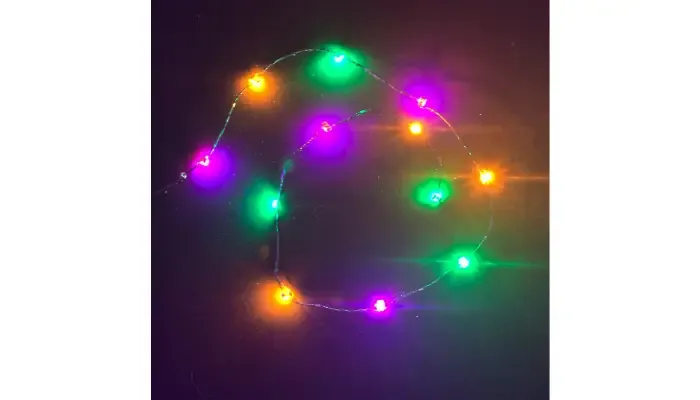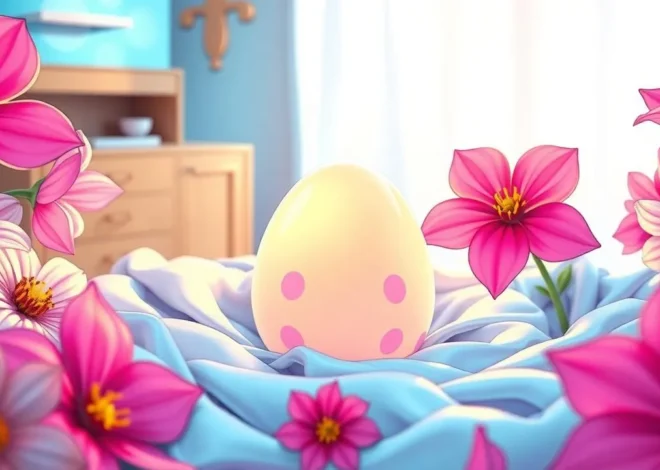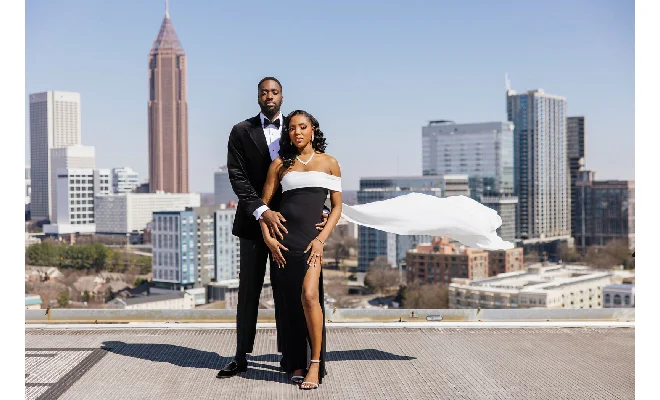
How to Install Small LED Light Bulbs in Your Fixtures?
Installing small LED light bulbs in your fixtures is quite straightforward if you follow a few simple steps. First, gather your materials—LED bulbs, gloves, and maybe a ladder. Safety is key: turn off the power and check with a voltage tester to be sure. Once it’s safe, carefully remove the old bulb by twisting it counterclockwise; don’t forget to let it cool if it’s been on recently! Before inserting the new bulb, inspect the socket for any dirt or damage. Align it properly and twist clockwise until snug but not overly tight. Finally, restore power and double-check that everything works well. Dispose of the old bulb responsibly!
1. Gather Necessary Tools and Materials
To start the installation of small LED light bulbs, you’ll need a few essential tools and materials. First, make sure you have the right LED light bulbs that fit your fixtures—check the wattage and base type. A ladder or step stool might come in handy if the fixture is out of reach. It’s also wise to wear gloves while handling the bulbs, as this prevents any oil from your fingers from transferring onto the glass, which can affect the bulb’s performance. Additionally, keep a clean cloth or towel nearby to wipe any dust from the fixture or to get a better grip on the old bulb if it’s stuck. Having these items ready will make the process smoother and more efficient.
2. Turn Off Power for Safety
Before you start working on your light fixture, it’s crucial to turn off the power. This step is non-negotiable for your safety. Locate the circuit breaker or switch that controls the light fixture and turn it off. To be extra cautious, use a voltage tester to check that there’s no electricity flowing to the fixture. This simple precaution can prevent shocks or accidents while you’re handling the bulbs. Always prioritize safety first.
3. Remove the Old Bulb Carefully
Before you start, make sure the old bulb has cooled down if it was recently turned on. Grasp the bulb firmly and turn it counterclockwise to unscrew it from the socket. If the bulb is stuck, gently wiggle it while turning to loosen it. Sometimes, using a clean cloth can give you a better grip, especially if the bulb is slick or if you’re having trouble getting a good hold. Be cautious during this process to avoid breaking the bulb, as glass shards can be hazardous. If you encounter resistance and the bulb won’t budge, try not to force it; instead, reassess your grip or angle to ensure you’re turning it correctly.
4. Check the Fixture Socket Condition
Before installing your new LED bulb, it’s crucial to check the condition of the fixture socket. Start by inspecting the socket for any visible debris, dust, or corrosion. A clean socket ensures that the new bulb will make good contact and function properly. If you notice any dirt, use a dry cloth to wipe it clean. Additionally, examine the socket for any signs of damage, such as cracks or bent metal. A damaged socket can lead to poor electrical connection or even safety hazards. Make sure the socket size matches your new LED bulb’s base type; common sizes include E26 and E12. If everything looks good, you’re ready to move on to installing the new bulb.
5. Insert the New LED Bulb Securely
To insert the new LED bulb, take it out of the packaging and hold it by the base to avoid touching the glass part. This helps prevent any oil from your fingers from affecting its performance. Align the base of the bulb with the socket carefully. Once it’s in position, gently push it in and turn it clockwise until it feels snug. Be cautious not to over-tighten the bulb, as this can lead to damage either to the bulb itself or the socket. A good rule of thumb is to turn it until it’s firm but not forced. If you feel resistance, it may not be aligned properly, so back it off slightly and try again.
6. Restore Power and Test Functionality
Once you’ve successfully installed the new LED bulb, it’s time to restore power to your fixture. Head back to the circuit breaker or light switch and turn the power back on. Be cautious and take a moment to observe any changes. After the power is restored, check the light fixture to see if the new LED bulb lights up as expected. If it does, great! You’ve completed the installation successfully. If the bulb doesn’t light, double-check to ensure it’s securely screwed in and that the fixture itself is functioning. Sometimes, a quick reset at the switch can do the trick. This step is crucial to confirm that everything is working correctly before you finish up.
7. Dispose of the Old Bulb Properly
When it’s time to dispose of your old bulb, it’s important to do so responsibly. Incandescent and halogen bulbs can typically go in your regular trash since they don’t contain hazardous materials. However, if you’re dealing with compact fluorescent lamps (CFLs), you’ll need to take extra care. CFLs contain a small amount of mercury, which can be harmful to the environment if not disposed of correctly. Many communities have specific recycling programs for CFLs, so check your local regulations. Some retailers even offer recycling options. This way, you help keep hazardous materials out of landfills and contribute to a more sustainable environment.
8. Perform Final Checks for Security
After installing your new LED bulb, it’s important to ensure everything is secure and functioning properly. Start by gently tugging on the bulb to confirm it’s tightened in the socket. You want to avoid any loose connections that could lead to flickering or failure. If your fixture has a cover or shade, make sure it’s reattached correctly and snugly, following the manufacturer’s instructions. It’s also a good idea to check for any unusual noises or flickering after restoring power. If you notice anything off, turn off the power again and double-check the installation. This step helps ensure the longevity of your new LED bulb and the safety of your fixture.
9. Additional Tips for Successful Installation
When installing small LED light bulbs, it’s important to pay attention to the details for a smooth process. First, consider the wattage of the LED bulb. It’s best to choose a bulb that matches the wattage rating of your fixture to avoid any issues. For example, if your fixture is rated for a maximum of 60 watts, opt for an LED bulb that uses 10-12 watts, which is equivalent in brightness but more energy-efficient.
If your fixture has a dimmer switch, make sure to select dimmable LED bulbs. Not all LED bulbs work well with dimmers, and using a non-dimmable bulb can lead to flickering or even damage to the bulb.
Also, be aware of the fixture’s heat management. While LEDs generate less heat than traditional bulbs, the shape and design of the fixture can affect the bulb’s performance. For instance, if the bulb is too large for a compact fixture, it may not fit properly or could overheat.



